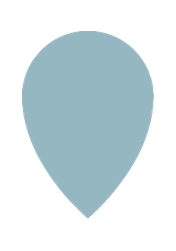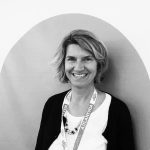Whoever tried to read an illustrated book knows that the fulcrum of every page is the main character. Where it is, what it does, how it sits down, how it gets dressed, if it is thin or fat, happy or sad, how it moves, how it frowns, how it smiles, how it cries: the reader follows it anxiously and at every turned page the eye falls always and immediately on the character. Colours, valleys, houses, hills, clouds and other characters, are like a background music that accompanies its moods, and all these elements are explored only in a second moment. The character is so important that many children books are realized without any other element except a character that on the scene interprets (or contradicts) what the words says.
In the first part we will study how to draw and to animate the character. Like real puppeteers, we will understand what are the mechanic and anatomical junctions used in order to give to the character expressiveness and naturalness of gestures and of the facial expressions. With the inspiration of short texts, rhymes and different techniques like monotype, collage, watercolours and pochoir, we will learn how to build characters of all ages and nature. In the second part of the course we will study the rhythm of the pages of an illustrated album. How the character enters and goes out of scene, how it is related to the other characters and to the landscape, and how the scene is graphically related to the text.
Building small and precious stage designs suitable for the pages of a book, the trainee will learn how to plan a children book, page after page.
Whom the course is aimed at: the course is open to whomever wishes to illustrate, for passion or in order to undertake a career as illustrator. This is a basic course, but it’s not only aimed at beginners. It is also open to whoever can use the topics treated in order to become more confident in her/his drawing. The course is open to teenagers (provided they are able to face seven hours in class a day) and adults. Every student will be followed individually starting from her/his beginning level.





